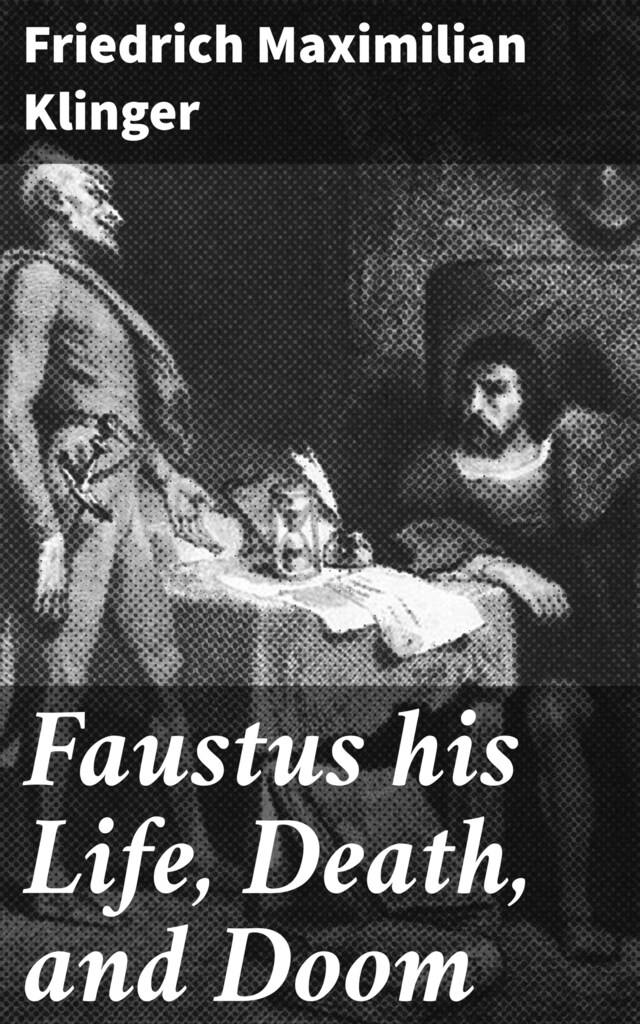
Faustus his Life, Death, and Doom
An Exploration of Temptation and Redemption in 18th-century German Literature

